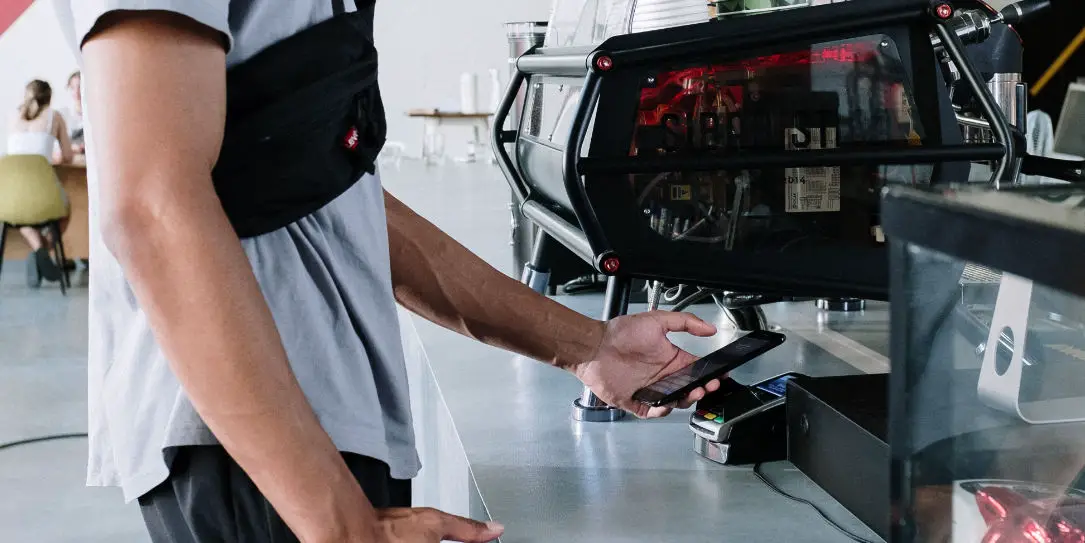Human-machine interaction has evolved significantly over the past decade through enhancements in user interfaces and smart design. Many of these changes have focused on touchscreen interfaces with high-precision, low-power capacitive touchscreens at the forefront, particularly in the handset market.
Single-LED driver proximity sensors have been used in touchscreen handsets for many years and represent the highest-volume proximity sensor market, but their use has not been without issues. For example, although proximity sensors are used to deactivate handset touchscreens during calls to eliminate errant touches by the cheek, a quick web search reveals that many end-users are unhappy with proximity-sensor performance in their handsets.
The LED no longer must be set at a power-hungry maximum setting. Highly sensitive photodiodes also enable the sensor to operate behind very dark glass so that the electronics can remain hidden from the human eye, resulting in a cleaner, sleeker industrial designs.
The future of biometrics is one where people can log into their devices, access public terminals, and even make purchases without lifting a finger. There are several means in which this can be possible, but one method worth considering is the touchless interface that allows users to conduct their tasks via means aside from touchscreen or button interfaces.
Some of the benefits of a touchless interface range from better hygiene, so you aren’t touching what many others have and taking in germs, to providing enhanced security. Without having to make gestures yourself, actions can be done more quickly and efficiently as well.
Ways This Solution is Catching On
One example in which a touchless interface could come in handy is through an increase in security functions. Most are secured via password protection with regular interfaces, which can be guessed or decrypted to give unauthorized users access. On the other hand, facial scans are far more secure as every face is unique and can’t just be strung together like a password set.
If you were wondering how such a technology could be possible in the first place, it’s thanks to advances in camera and sensor technology that allows for facial and motion capture to track unique patterns in the human face and match them with a certain user, essentially letting the user’s face or voice be the key that unlocks the device.
With these benefits in mind, it’s easy to imagine how devices that utilize this technology could find a home in many different areas. For example, most phones these days have face id recognition, where simply lifting up your phone near your face can unlock it and get you going in.
Not only can these services help keep users secure, but it can also aid in displaying more accurate results for user queries. For example, if you were looking for a certain terminal in an airport, all you would have to do is approach the kiosk, and you could be shown a map with the exact location of your destination, without you having to stop to activate it.

How Common Tasks Can Be Streamlined
Like a regular UI interface, a touch less one should be clean and streamlined so that users can find exactly what they’re looking for under the least possible effort. This is especially true for a touch less one because unlike regular devices, there’s no scrolling or buttons to press in order to go back or hit a different option. Some common elements that could cause confusion can be easily avoided by automating the process by which the interface does its job, such as a phone unlocking itself via facial recognition automatically.
It’s likely that in the future, we’ll see these systems gain more traction and become more widely used as the benefits become more clear to the average user. Convenience and security are often behind most changing trends in technology, and a touchless interface is a platform solution that is able to provide both. With a touchless interface, we can see our interactions with many common devices transformed like never before
So, what does the future look like?
There is no absolute answer to this question. Voice and gesture control are applicable mostly in different fields in response to specific tasks requiring their use. However, there are some markets where these technologies compete with one another. One such market is the automotive market which has also already adopted VR technology.
The major concern for the automotive market is safety. Today, 20-40% of car accidents are caused by driver distraction. Mostly the driver’s attention is affected by simple things such as switching radio stations, turning on the air conditioning system, or setting directions in a navigation program.
At first glance, voice control seems to be a good alternative to haptic control. However, most car manufacturers, in particular, BMW, Volkswagen, Subaru, Hyundai, and Seat, lean toward gesture control. The main reason for the preference of gesture recognition technology is the fact that gestures are used unconsciously, without distracting the driver. By contrast, the use of voice can affect visual attention. After giving the voice command the driver needs a physical reference point to make sure whether or not the command was understood by the system. Besides, a car is too noisy of an environment for voice recognition.
Conversations with fellow passengers, traffic noise, and other sounds can lead to system errors. Another factor is that the output of the voice system can become annoying with time as it interrupts other auditory processes like music. Besides, comparing the technologies, voice recognition is more difficult to implement in practice, as it requires development for different languages and regular updating of the system. Therefore, the gesture control system appears to be more suitable and more widely used for the automotive market.
What do you think? Let us know in the comments below or on Twitter or Facebook. You can also comment on our MeWe page by joining the MeWe social network.
Last Updated on February 3, 2021.










